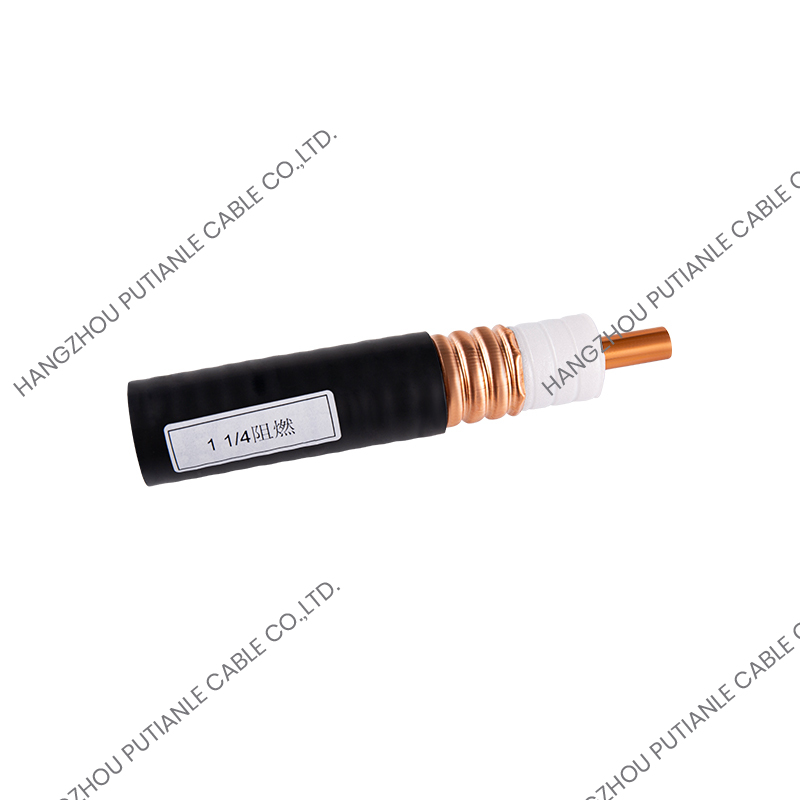Fiber optic cables are the backbone of modern communication, carrying vast amounts of data with incredible speed and efficiency through the use of light pulses. While their role in supporting everything from the internet to telecommunications is undeniable, not all fiber optic cables are the same. The two primary types—single-mode and multi-mode—each have their unique strengths and weaknesses, which affect not only their data transmission capabilities but also their practical applications in various industries. Understanding how these types differ, and how they impact factors like speed, distance, and cost, is essential when selecting the right cable for your network.
Single-mode fiber optic cables are designed to transmit a single light signal straight down the core of a thin glass fiber, usually with a core diameter of about 8 to 10 microns. Because of this narrow pathway, light travels more directly, leading to much lower signal attenuation, or loss, over long distances. This makes single-mode cables ideal for long-distance communication, like in undersea cables or cross-country data transmissions, where maintaining the integrity of the signal is critical. The ability to cover distances of up to 100 kilometers without needing signal boosters makes them a highly efficient choice for large-scale infrastructure. The downside, however, comes in the form of cost. Single-mode cables and their associated hardware, such as the lasers used for light transmission, tend to be more expensive compared to multi-mode alternatives. For many businesses or institutions dealing with long-haul data transmission, this investment is worth it due to the superior performance and reliability of single-mode fiber.

On the other hand, multi-mode fiber optic cables are built with a thicker core, typically between 50 to 62.5 microns, which allows multiple light signals to be transmitted simultaneously at different angles. This wider core makes multi-mode fiber more effective in shorter-distance applications, like within a building or campus, where data does not need to travel as far. Multi-mode cables generally offer lower overall costs since the light sources, such as LEDs, are less expensive and easier to maintain. However, they do suffer from higher signal attenuation and dispersion, meaning that the data loses quality more quickly over distance. For this reason, multi-mode fiber is limited to ranges of around 300 to 500 meters, depending on the specific grade of the cable. In terms of speed, while multi-mode can support high data rates, especially in local area networks (LANs), its capabilities diminish over long distances, making it unsuitable for long-haul communications.
The cost-to-performance ratio between single-mode and multi-mode fiber optic cables becomes a critical consideration in designing and maintaining networks. Single-mode cables, though pricier in both material and installation, offer unmatched distance and bandwidth potential, making them a future-proof option for networks that need to support growing data demands. Multi-mode cables, by contrast, excel in environments where cost efficiency is crucial, and the required distance is relatively short. Industries such as healthcare, education, and small to mid-sized enterprises often opt for multi-mode fiber because it provides sufficient bandwidth for their internal communications while remaining affordable.
The choice between single-mode and multi-mode fiber optic cables isn't just a matter of distance and speed but of application and scale. Single-mode’s long-distance prowess comes at a cost, but its low signal attenuation and ability to future-proof infrastructure make it the ideal choice for large-scale communication networks. Multi-mode, with its affordability and performance over shorter distances, remains a reliable option for local networks. Understanding the strengths and limitations of each type allows businesses to invest wisely, ensuring they get the speed, reliability, and scalability they need without overspending on unnecessary capabilities. As technology continues to advance, fiber optic cables will undoubtedly remain at the heart of global communication, and knowing how to leverage their different types will be key to staying ahead.


 中文简体
中文简体 English
English Español
Español














